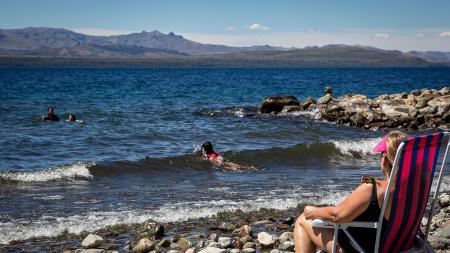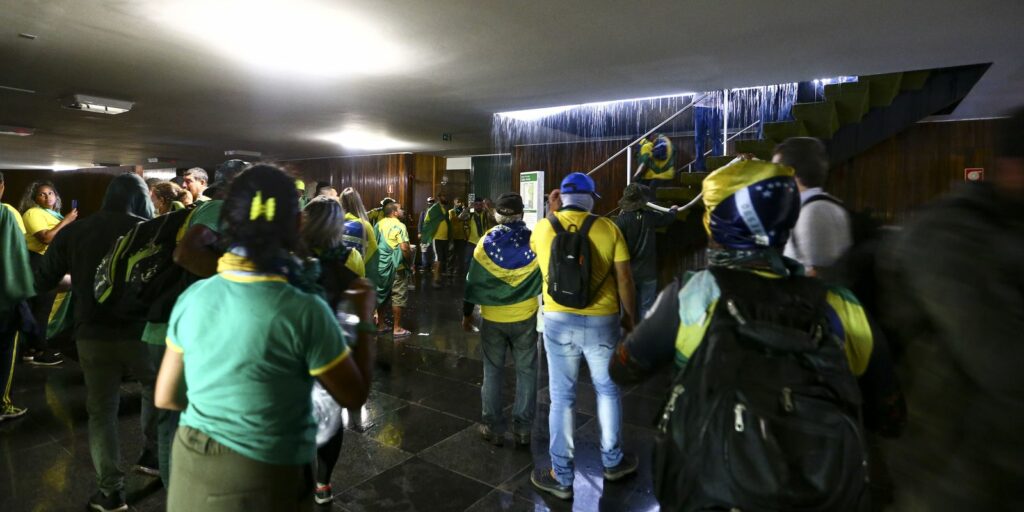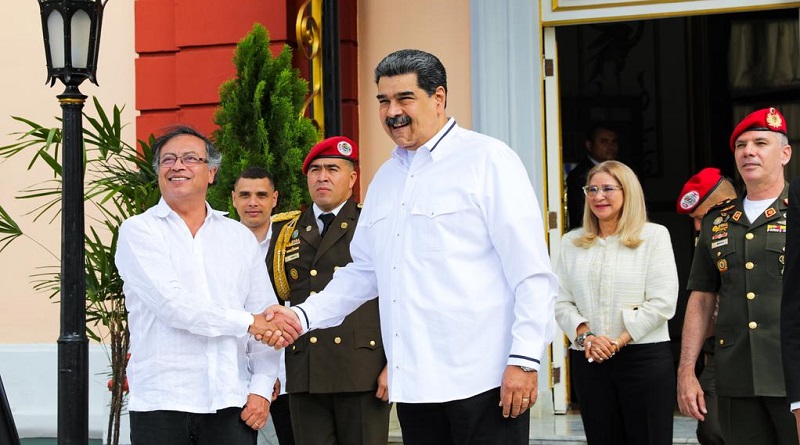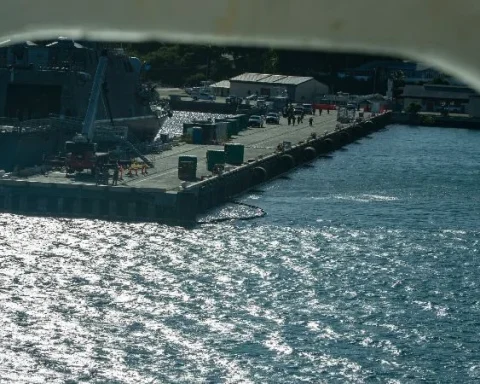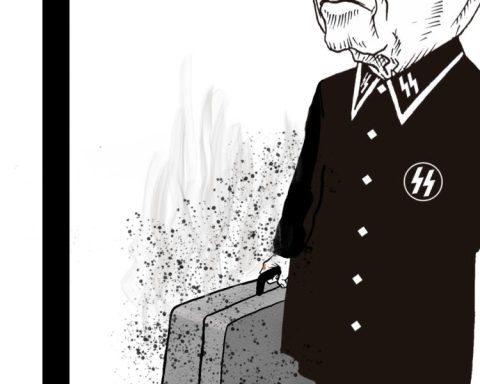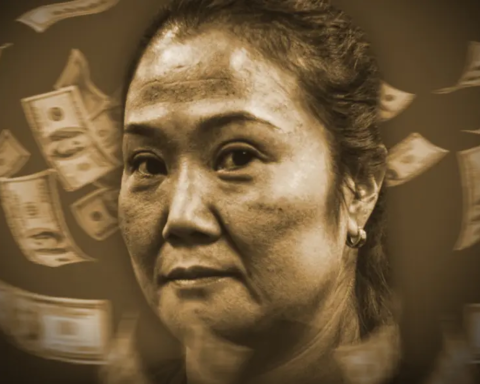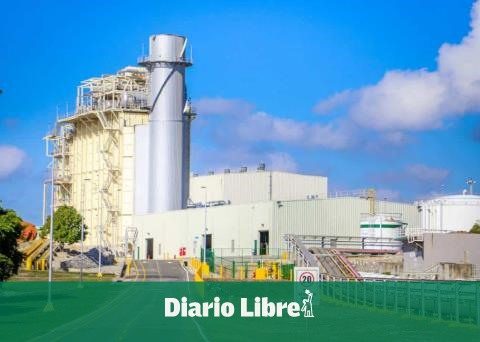The province of Río Negro exceeded 40 degrees in another day characterized by high thermals throughout the country, with orange alerts for extreme temperatures in that province, La Pampa and Neuquén.
After 6:00 p.m., the temperature took a breather in Río Negro, dropping to 37.5 degrees in Viedma and San Antonio Oeste -which had peaks that exceeded 40 for the second consecutive day- although it remained in the cities of Santiago del Estero and in Neuquen.
Those cities topped the ranking of temperatures when registering
38.7 degrees, followed by the towns of Sunchales and Rafaela in Santa Fe with 37.4; the Pampean town of General Pico and its capital with 36.9 and Sauce Viejo in Santa Fe with 36.8.
Other localities with very high temperatures were Pehuajó (36.4), Paraná (36), Corrientes (35.4), Coronel Suárez (35.3) and Concordia (35.2).
THAT #HEAT!? At 1:00 p.m., Viedma, Río Negro, leads the ranking of #temperatures from Argentina: ??,?°?.
2⃣Sunchales, Santa Fe 37°C
3⃣Currents 37°C?Ranking updated in https://t.co/QfZ8N0InK0 pic.twitter.com/ckLOICto6w
— SMN Argentina (@SMN_Argentina) January 6, 2023
The SMN issued orange alerts for extreme temperatures due to heat for the west of the province of La Pampa, the north of Río Negro and the east of Neuquén, with highs that will oscillate throughout the day between 40 and 43.
In the province of Río Negro, the cities of Viedma, El Cuy and General Roca presented thermal temperatures of 41 degrees today, and temperatures of 42 degrees are forecast for tomorrow and on Monday, the maximum will reach 43 degrees.

For the pampean localities of Chical Co and Puelén, to the west of that province, the maximum temperatures for today will be 39 degrees and for tomorrow 40.
Meanwhile, to the east of the Neuquén province, in towns such as Confluencia, east of Añelo, Pehuenches and Picún Leufú, maximum temperatures of 40 degrees will prevail today and tomorrow the thermals will exceed 42.
For the rest of the country, with the exception of the northern provinces, up to San Juan and San Luis, Mesopotamia and part of Santa Cruz and Tierra del Fuego, there is a yellow alert for extreme heat.
months of high temperatures
The SMN released a statement this week informing that the months of January, February and March may be warmer than average with temperatures above normal in the Pampas region and western Patagonia.
Also, Cuyo region, southern Litoral and eastern Patagonia will have “a greater probability of registering temperatures within the normal range for this time of year”, while the northwest and north of Argentina as well as the south of the country are expected to have “temperatures within the normal range”, the service indicated.
He also prepared a report on the next few days entitled “Heat Wave” in which he explained that “the dominance of high pressures in the Argentine Sea and the South Atlantic Ocean causes winds from the north sector and the movement of very warm and dry air from the north of the country to Patagonia, inclusive”.
For this reason, in Patagonia an average temperature between 3 and 4 degrees “higher than what is normal in this region” will be observed.

The center and north of Argentina will also be affected, where until Tuesday, January 10, the maximum temperatures can reach between 33 and 42 degrees, with the highest values in La Pampa, west of Buenos Aires, Córdoba, and coastal sectors. and the Argentine northwest.
Meanwhile, in the east and southeast of Buenos Aires, the wind from the east sector “it will help the temperatures to moderate”.
Meanwhile, it is expected that there will be a drop in temperatures throughout the country between Tuesday, January 10, and Wednesday, January 11, with the advance of more temperate air.

recommendations
The recommendations indicated by the Ministry of Health to avoid heat stroke suggest “increasing water consumption without waiting until you are thirsty to maintain adequate hydration, avoiding excessive exposure to the sun, or in central hours of the day (between 10 and 16 hours), pay attention to babies, children and the elderly”.

It is also indicated “Avoid caffeinated, alcoholic or highly sugary drinks, as well as very large meals.”
It is recommended to eat vegetables and fruits, reduce physical activity, wear light, loose-fitting and light-colored clothing; hat, dark glasses and stay in ventilated or conditioned spaces.
At the same time, it is remembered that there is no pharmacological treatment against heat stroke, only the suggestions mentioned can prevent and counteract it.
